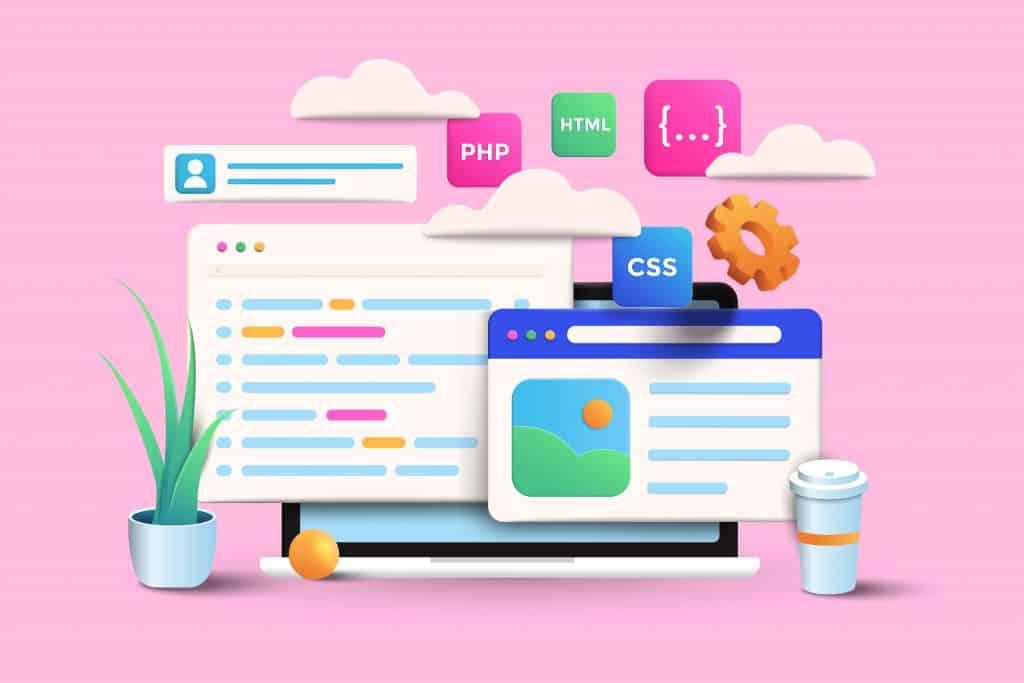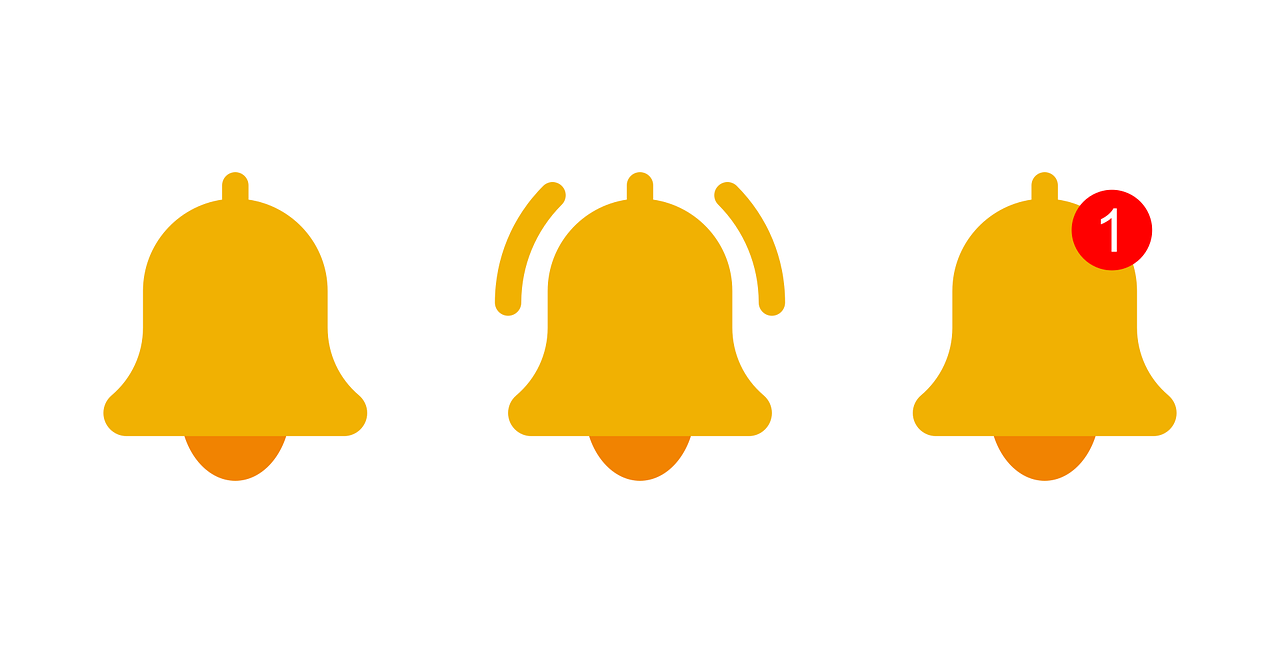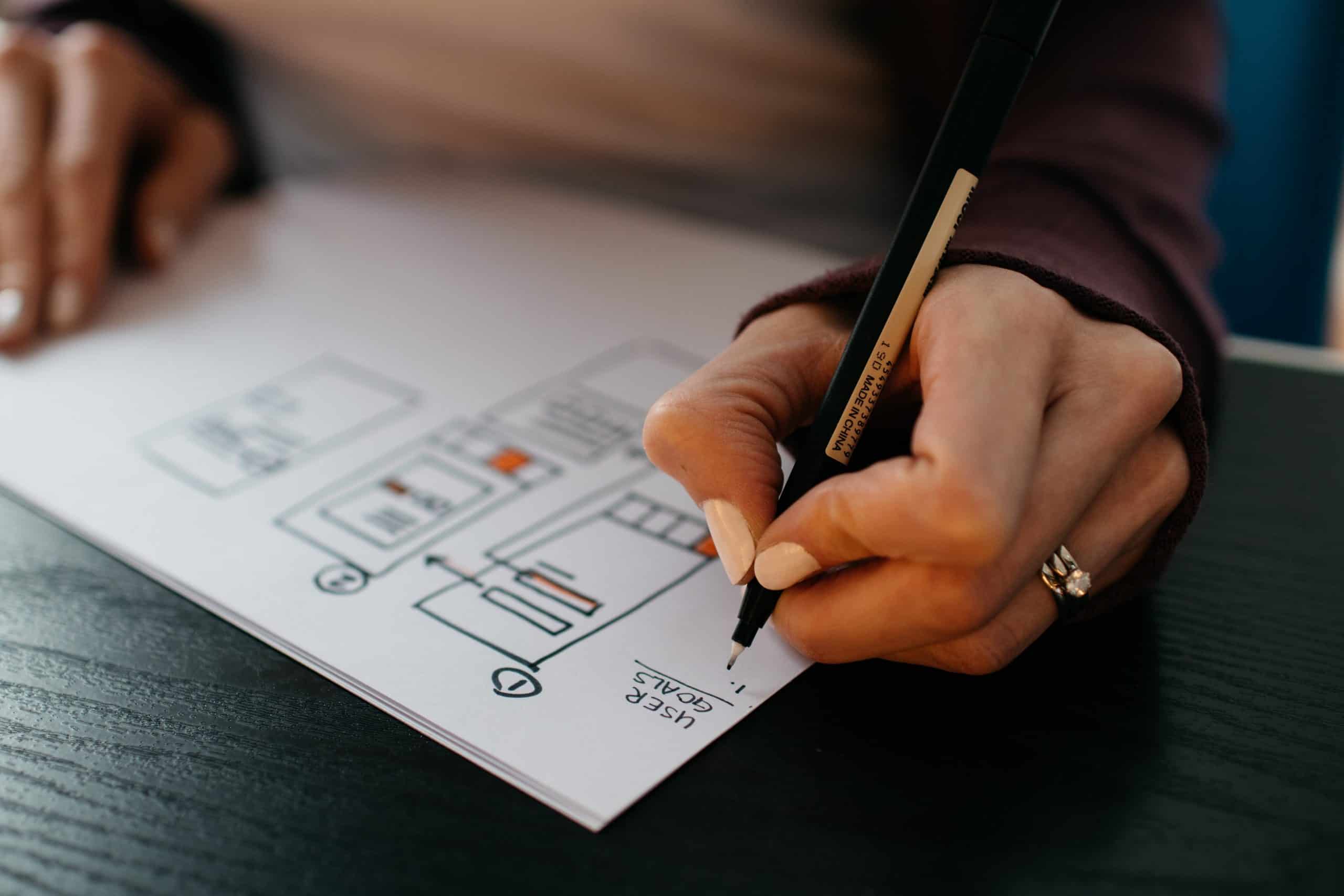Design systems are difficult to change, especially for experienced team members. What if it doesn’t work out? What if it causes new issues?
Switching from old school design techniques to a brand-new system can be a big change not only for the product but also for the whole organization.
However, adopting a design system helps teams to develop guidelines for delivering a fully functioning product and can help you get the most out of your team as it encourages collaboration.
Design systems are set up so that anyone can make use of them, and the underlying documents teach you how to. Design systems also include a governance scheme where ownership or contribution is clearly defined, allowing for unique user experiences, as well as providing teams with templates and examples on how to get started.
A design system can give you the following benefits:
- Lowered cost: having everything in one place reduces the work done by different teams
- Improved confidence: clear instructions on developing a user interface gives the team more confidence.
- Enhanced empathy: When designers all work on the same system, it creates empathy and a clearer understanding between teams.
- Defined principles: Design systems are crucial for people who are in design teams as they give each other guidelines for their work.
- Boosted Productivity: productivity improves after everything originates from 1 source.
Build Consistent Front-End Experiences
If you want to build consistent front-end experience, you need a well-documented and standardized set of UI blocks to help team members understand the basic foundation of which the UI is built.
This increases output speed and encourages collaboration between members to develop and implement features promptly. Additionally, conflicts are less likely to happen when companies can ship features faster compared to when they are without a design system.
Factors To Keep In Mind When Using A Design System
- Take advantage of open-source to simplify design. It may be the case that your company can’t afford to build an entire system from scratch. Instead, use open-source when you can and follow certain best practices for building these systems.
- Protect the product with documentation. Documentation must be comprehensive and up-to-date. Clear, step-by-step instructions can help neophytes get acquainted with the framework, while detailed examples make the process more efficient.
- When designing products, teams should follow predefined rules and adhere to patterns. Enforcement can help teams avoid wasting time and helps to speed up the process.

Control Quality and Maintainability
Design systems have a number of advantages including quality and maintainability and reducing the number of designs to which you are exposed. Always be on the lookout for ways to simplify your life in order to limit the number from design work not regularly used.
- The release process is made more efficient with an AI-enabled design system, which allows teams to release products faster. This has the benefit of keeping up with competitors and providing compatibility for teams that choose to roll back their work. The CI/CD should be automated and all information about releases is sent across channels, so all teams are informed.
- Feedback loops are important for determining what needs to be improved on, and how issues should be addressed as soon as possible. Effective feedback loops will ensure that a backlog of unresolved items doesn’t consume the team’s attention.
Keep Developers and Designers in Sync
If we want to deliver a good-quality product, developers and designers should be in sync
- Collaborating is essential for product development. To make sure everyone understands the rules, maintain an open dialogue with contributors. A high level of maturity across disciplines should make incorporating new ideas easier. Having a streamlined pipeline for pull requests and a dashboard for bugs and features will keep employees informed about what’s going on and what needs to be done next.
- You must collaborate to work efficiently, and your team should feel open to give their opinion. If they do disagree, they shouldn’t be afraid to ask teammates for input or help resolving conflict. Create a strategic plan with a timeline so everyone knows what needs to happen next. Design systems should also be updated as your project progresses, in case you encounter any roadblocks, otherwise new teams coming on could have the same issue.
Final Thoughts
A design system will help teams replicate designs quickly. Teams can continue to use the same elements over and over, which means that the time spent for “reinventing the wheel” is reduced and lowering the risk of unintended inconsistency.



